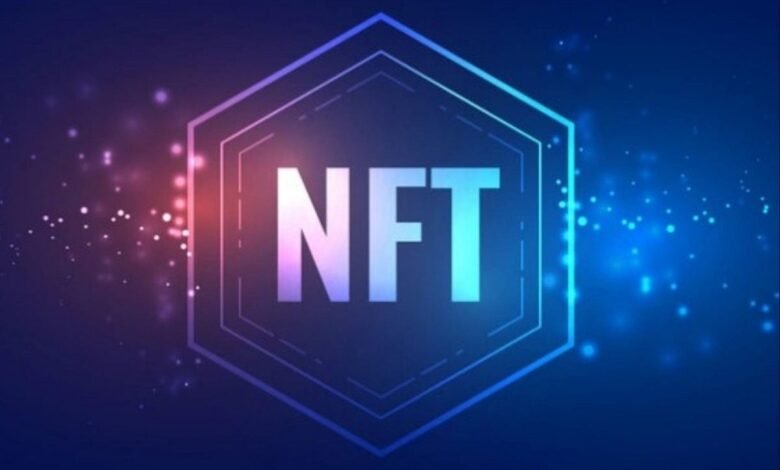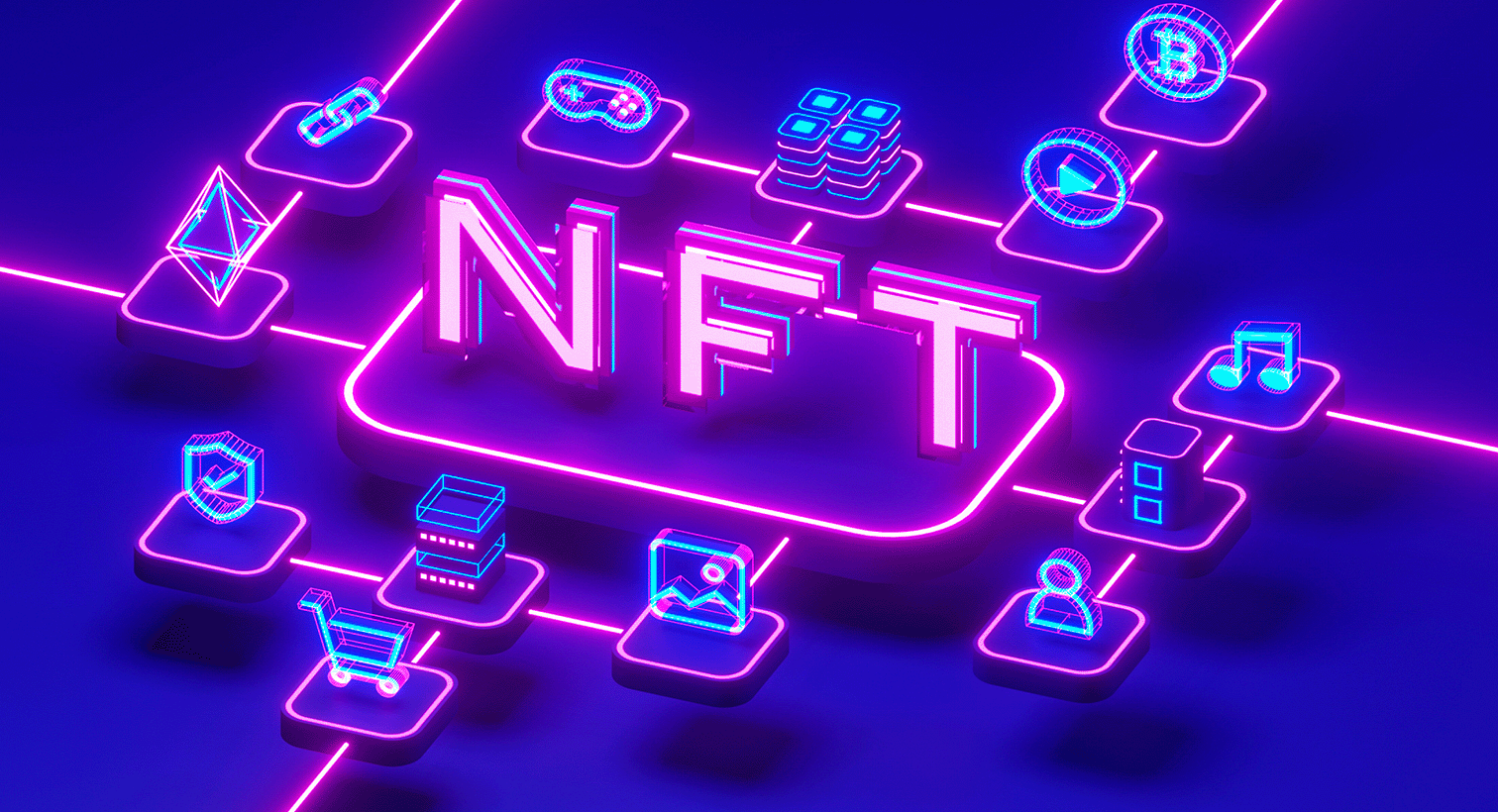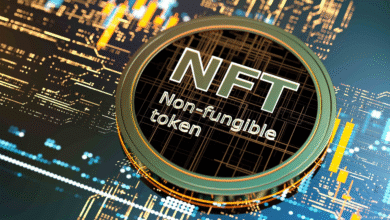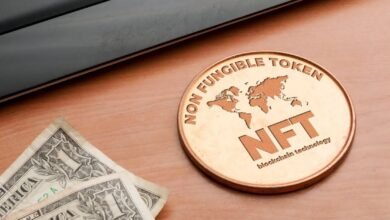
The digital asset revolution has transformed how we perceive ownership and value in the virtual world. If you’re wondering how to invest in NFT cryptocurrency, you’re stepping into one of the most dynamic and potentially lucrative markets of our time. Non-fungible tokens (NFTs) have evolved from digital art curiosities to mainstream investment vehicles, attracting everyone from celebrity collectors to institutional investors.
Understanding how to navigate this complex ecosystem requires knowledge of both cryptocurrency fundamentals and NFT-specific strategies. This comprehensive guide will walk you through everything you need to know about investing in NFT cryptocurrency, from setting up your first digital wallet to developing sophisticated investment strategies that can help you build a profitable portfolio.
What Are NFTs and Why Should You Invest in Them?
Non-fungible tokens represent unique digital assets stored on blockchain networks, primarily Ethereum. Unlike traditional cryptocurrencies such as Bitcoin or Ethereum, which are fungible and interchangeable, each NFT possesses distinct characteristics that make it one-of-a-kind.
The investment appeal of NFTs lies in their scarcity, utility, and growing mainstream adoption. Major brands like Nike, Adidas, and Coca-Cola have launched NFT collections, while celebrities and artists continue to embrace this technology for monetizing their creative works.
Key Benefits of NFT Investment
Ownership Verification: Blockchain technology provides immutable proof of ownership, eliminating counterfeiting concerns that plague traditional collectibles markets.
Liquidity Potential: Unlike physical collectibles, NFTs can be traded 24/7 on global marketplaces, offering superior liquidity for investors.
Diversification Opportunity: NFTs represent a new asset class that can complement traditional investment portfolios with uncorrelated returns.
Creator Royalties: Many NFT projects include smart contracts that pay original creators royalties on secondary sales, creating ongoing revenue streams.
How to Invest in NFT Cryptocurrency
Getting started with NFT investments requires several preparatory steps that ensure secure and successful transactions.

Set Up a Cryptocurrency Wallet
Your digital wallet serves as the foundation for all NFT transactions. Popular options include:
- MetaMask: Browser-based wallet compatible with most NFT marketplaces
- Coinbase Wallet: User-friendly option with mobile app support
- Trust Wallet: Mobile-first wallet with built-in DApp browser
- Ledger Hardware Wallet: Cold storage option for maximum security
Choose a wallet that supports the blockchain network where your target NFTs are minted. Ethereum remains the dominant platform, but Solana, Polygon, and Binance Smart Chain are gaining popularity.
Purchase Cryptocurrency
Most NFT purchases require cryptocurrency payments. Ethereum (ETH) is the primary currency for NFT transactions, though other networks accept their native tokens:
- Ethereum Network: Requires ETH for purchases and gas fees
- Solana Network: Uses SOL tokens
- Polygon Network: Accepts MATIC tokens
- Binance Smart Chain: Uses BNB tokens
Purchase cryptocurrency through reputable exchanges like Coinbase, Binance, or Kraken, then transfer funds to your NFT wallet.
Research NFT Marketplaces
Different marketplaces cater to various NFT categories and investment strategies:
OpenSea: Largest NFT marketplace with extensive selection across all categories
SuperRare: Curated platform focusing on high-quality digital art
Foundation: Invite-only marketplace featuring established and emerging artists
Axie Marketplace: A Specialized platform for gaming NFTs
NBA Top Shot: Official marketplace for basketball collectible moments
Conduct Thorough Due Diligence
Successful NFT investment requires comprehensive research into projects, creators, and market trends. Evaluate factors such as:
- Creator reputation and previous work history
- Project roadmap and utility promises
- Community engagement and social media presence
- Trading volume and price history
- Rarity traits and metadata quality
Best NFT Investment Strategies for Beginners
Developing a structured approach to NFT investing increases your chances of success while minimizing potential losses.
Dollar-Cost Averaging Strategy
Instead of making large one-time purchases, consider spreading investments across multiple periods. This strategy helps smooth out price volatility and reduces the impact of market timing mistakes.
Purchase small amounts of NFTs from promising projects over several weeks or months, allowing you to benefit from both price dips and potential appreciation.
Blue-Chip NFT Focus
Established NFT collections with proven track records offer more stability than newer projects. Blue-chip collections typically feature:
- Strong community backing
- Celebrity endorsements or mainstream recognition
- Consistent trading volume
- Floor price stability over time
Examples include CryptoPunks, Bored Ape Yacht Club, and Art Blocks Curated collections.
Utility-Based Investing
Focus on NFTs that provide tangible benefits beyond mere ownership. Utility-driven projects often maintain value better during market downturns because holders receive ongoing benefits.
Look for NFTs offering:
- Gaming advantages or exclusive content access
- Membership benefits in exclusive communities
- Physical merchandise or event tickets
- Staking rewards or passive income generation
Understanding NFT Valuation and Market Analysis
Successful NFT investing requires understanding how these digital assets are valued and what drives price movements.
Rarity and Trait Analysis
Most NFT collections feature varying rarity levels based on specific traits or characteristics. Rarer items typically command higher prices, but understanding true rarity requires careful analysis.
Use tools like Rarity. tools or OpenSea’s trait filtering system to identify genuinely scarce items within collections. Remember that artificial scarcity doesn’t always translate to lasting value.
Market Sentiment and Social Signals
NFT prices are heavily influenced by social media buzz, celebrity endorsements, and community sentiment. Monitor platforms like Twitter, Discord, and Reddit for early indicators of growing interest in specific projects.
Pay attention to:
- Social media follower growth
- Trading volume changes
- Celebrity or influencer involvement
- Partnership announcements
- Mainstream media coverage
Technical Analysis for NFTs

While traditional technical analysis doesn’t directly apply to individual NFTs, you can analyze floor price movements and trading patterns for entire collections.
Track metrics such as:
- Daily trading volume
- Average sale prices
- Number of unique holders
- Listing-to-sale ratios
- Price correlation with broader crypto markets
Also Read: NFT Staking Get a Passive Income by Investing in NFTs
Risk Management in NFT Cryptocurrency Investment
The NFT market’s volatility and relative immaturity require robust risk management strategies to protect your capital.
Diversification Across Categories
Avoid concentrating investments in single collections or categories. Spread risk across:
- Different blockchain networks
- Various NFT categories (art, gaming, utility, collectibles)
- Multiple price ranges
- Established and emerging projects
Setting Investment Limits
Establish clear boundaries for your NFT investments before entering the market. Many experts recommend limiting NFT exposure to 5-10% of your total investment portfolio.
Never invest money you cannot afford to lose, as the NFT market can experience rapid and significant price swings.
Exit Strategy Planning
Develop clear criteria for when to sell your NFT investments. Consider taking profits when:
- Items reach predetermined price targets
- Project fundamentals deteriorate
- Market sentiment shifts dramatically
- Portfolio allocation becomes unbalanced
Common NFT Investment Mistakes to Avoid
Learning from others’ mistakes can save you significant money and frustration in your NFT investment journey.
FOMO-Driven Purchasing
Fear of missing out often leads to impulsive buying decisions at market peaks. Always conduct thorough research before purchasing, regardless of how quickly prices are rising.
Set price alerts and stick to your predetermined investment criteria rather than chasing momentum.
Ignoring Transaction Costs
Ethereum gas fees can significantly impact your investment returns, especially for smaller purchases. Factor in all costs when calculating potential profits:
- Initial purchase gas fees
- Marketplace transaction fees
- Potential resale gas costs
- Currency conversion fees
Neglecting Security Practices
The decentralized nature of NFT markets means you’re responsible for securing your assets. Implement strong security measures:
- Use hardware wallets for valuable collections
- Enable two-factor authentication on all accounts
- Verify smart contract addresses before transactions
- Keep private keys and seed phrases offline
Conclusion
Learning how to invest in NFT cryptocurrency requires patience, research, and a willingness to navigate an evolving digital landscape. While the potential for significant returns exists, successful NFT investing demands understanding market dynamics, implementing proper risk management, and staying informed about technological developments.
Start your NFT investment journey by setting up a secure wallet, purchasing cryptocurrency, and researching established marketplaces. Focus on blue-chip collections and utility-driven projects while maintaining diversification across different categories and price ranges.








